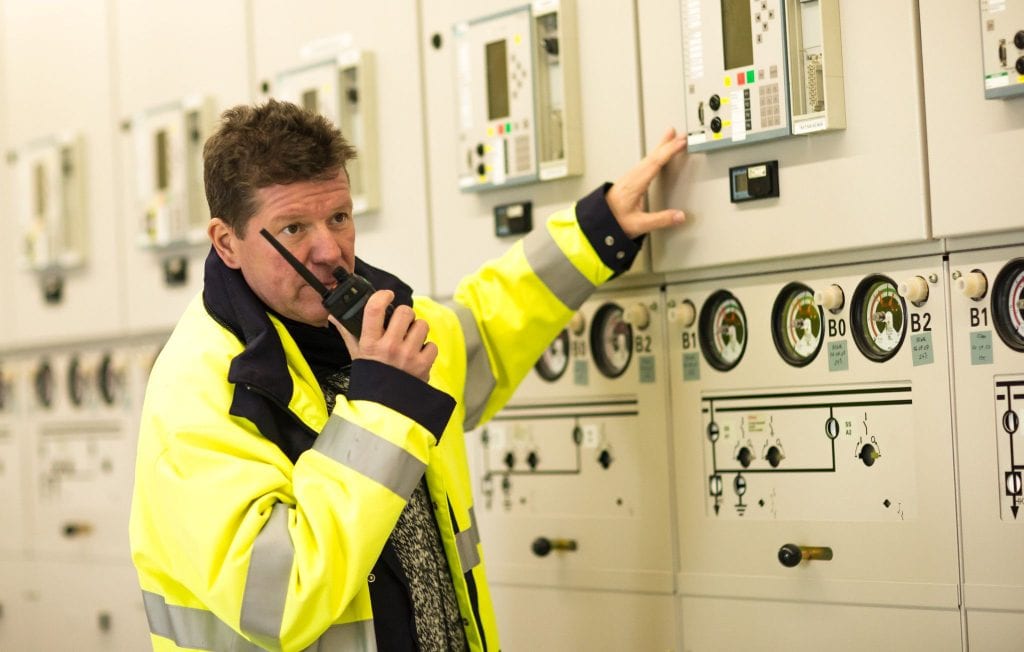If you have been relying solely on cell phones for team communications, you may have found there are some limitations. Many people find issues with what they can do, and how quickly they are able to communicate. There are lots of advantages to walkie talkies over cell phones, and we will discuss here why two-way radios are still relevant.
Two-way Radios vs Cell Phones
Cell phone users are subject to dead spots and rely on their proximity to cell towers for reception. Workers in public safety, manufacturing, healthcare, or education need a more reliable solution. When dropped cell phone calls happen this means lost productivity, reduced customer service, and in the worst cases safety concerns for your staff and customers, cell phones are not the best choice.
Without having to worry about dead zones, network outages, or overloaded cell towers, two-way radio communication provides better coverage than cell phones. They receive consistently good reception over an expanded coverage area keeping workers constantly connected, improving safety and efficiency.
Two-way Radios Offer Better Call Clarity
Cell phones drop calls, lose the signal, and distort sound when out of tower range. This can lead to misinterpretations, wasted time, and frustration.
Many two-way radios have built-in audio features like noise cancellation and automatic gain control which filters out loud background noise while adjusting the volume. This results in crystal clear audio every time you need it.
Better Coverage and Call Clarity Leads to Reduced Downtime
Using two-way radios vs cell phones ultimately leads to reduced downtime. So many industries and job sites rely on communication to get their job done safely and efficiently, any time that communications system is down can result in costly downtime. Two-way radio communication solutions keep operations up and running smoothly.
Comparing Durability
Motorola two-way radios are known for their rugged durability, making them much better in the field than cell phones. Cell phones break easily and can’t withstand the elements.
Two-way radios can handle job sites that are exposed to wind and rain. They can also handle workers that may have to get down and dirty or may drop their equipment from time to time. Some radios are even waterproof and can withstand full submersion in water.
Regarding Battery Life
The panic you feel as you watch your cell phone battery drain and wonder if you are going to make it to your charger at the end of the day should not be a concern with the equipment you need to do your job. While a typical cell phone will not last more than a single workday, two-way radios have twice the battery power of cell phones.
Communication With Bigger Teams
Cell phone users are subject to dead spots and rely on their proximity to cell towers for reception. Workers in public safety, manufacturing, healthcare, or education need a more reliable solution. When dropped cell phone calls happen this means lost productivity, reduced customer service, and in the worst cases safety concerns for your staff and customers, cell phones are not the best choice.
Without having to worry about dead zones, network outages, or overloaded cell towers, two-way radio communication provides better coverage than cell phones. They receive consistently good reception over an expanded coverage area keeping workers constantly connected, improving safety and efficiency.
In Case of Emergency
With better coverage, quality, battery life, and durability it is obvious that two-way radios are the best choice during emergencies. You need a communication device you can depend on in an emergency making two-way radios the clear choice over cell phones.
About Network Security
Since two-way radios operate via a closed network, they offer better security than cell phones which operate on a public network.
Safe Communications While Driving
Drivers can safely engage in hands-free communication with their mobile radios without risking a costly driving offense. The Department of Transportation regulations bans the use of cell phones for commercial drivers does not apply to mobile two-way radios.
Considering the Cost
Cell phones are expensive! They require monthly fees, usage fees, plus roaming charges if you head out of your area.
Two-way radios are much cheaper. With a one-time fee upfront, Motorola estimates that a radio system solution can pay for itself in as little as 18 months. To reduce the cost even further, two-way radio rentals are also an option.
Analog vs Digital
When comparing two-way radios vs cell phones in any industry, two-way radio communication wins every time! But should you get analog or digital radios?
The simple answer: digital! While there are certainly some benefits to using analog, overall digital offers more features and software applications that help organizations tailor their wireless communications solution to their unique industry, operation, and individual users.
To get a better idea of what type of radio is best suited for your team size, industry, and operation in the Mid-Atlantic states, try our Free Motorola Radio Selector Tool.

